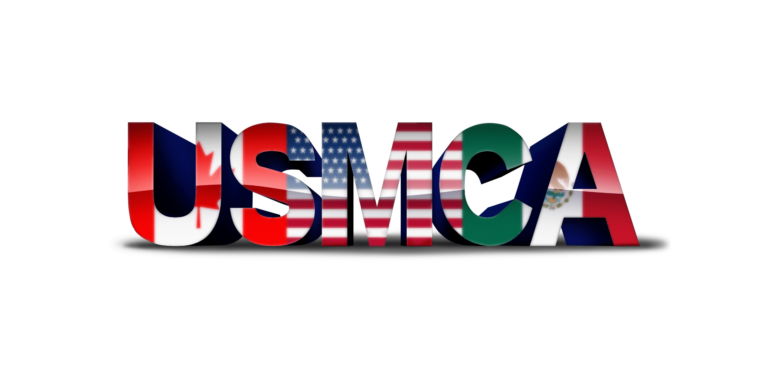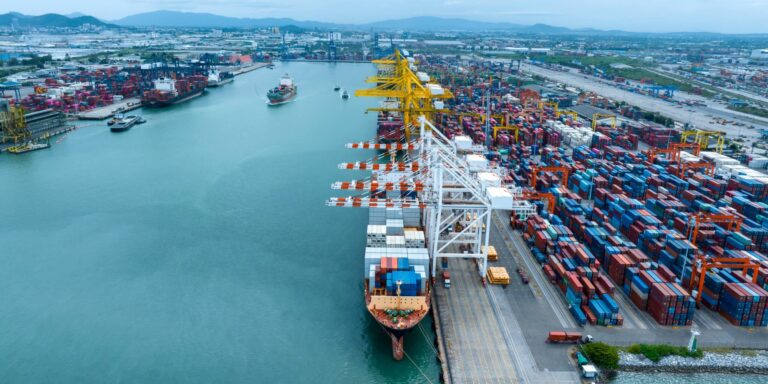CBP Wants YOU! Increased AD/CVD Scrutiny Abounds
Why we are Where we are
Honestly, antidumping and countervailing duties (AD/CVD) sound more like terms from a dating app than cosponsors of the serious consequences they can bring to American industry. So, just what do these antiquated-sounding terms mean? Swipe right and we’ll take a look at their definitions; but first, let’s catch a glimpse at where we are at this moment.[/vc_column_text][vc_column_text css_animation=”none”]As early as 2016, even before the current Trump administration, the U.S. Government Accountability Office (GAO) investigated the collection of AD/CVD duties and issued a report finding that $2.3 billion in duties had gone uncollected. As a direct result of that report, heightened focus by U.S. Customs and Border Protection (CBP) grew on imports subject to AD/CVD orders. Teams were specifically assigned to assess both unintentional errors or mistakes as well as false statements or omissions made on the part of companies through negligence, misinformation, and/or illegitimate intent. This led to a significant increase in AD/CVD enforcement actions.
Beginning in 2018, the increased tariffs imposed by the current administration on steel, aluminum, solar panels, and the numerous antidumping and countervailing duty (AD/CVD) orders on finished and raw materials put exporters in a very tight spot. Sourcing decisions and supply chain issues have become more complex and uncertain than ever before, leading to questionable opportunities for those countries either not subject to, or able to obtain exclusions from, increased tariffs. The expanded tariffs have also placed a spotlight on U.S. import compliance. Companies throughout Asia have become well aware of the increased scrutiny that covered imports face and should, where related entities in the U.S. act as importers, ensure that they understand and abide by the scope of AD/CVD orders and applicable duty rates.
According to the Customs and Border Protection website, CBP targets importers who attempt to evade AD/CVD. In fiscal year 2018, CBP announced that they target importers who evade antidumping and countervailing duties. In FY 2018, CBP:
- Levied 11 monetary penalties totaling over $92.1 million on imports for fraud, gross negligence, and negligence for AD/CVD violations
- Completed over 76 audits of imports of AD/CVD commodities and identified AD/CVD discrepancies with a value of approximately $25 million
- Assisted ICE in 22 seizures with a domestic value of over $1.3 million
- Initiated “Operation Totally Floored”. In Operation Totally Floored, CBP targeted and examined over 150 entries of engineered wood flooring imported from FY2015 through FY2017, and assessed approximately $1.2 million in additional AD/CVD.
AD/CVD Orders by Trading Partner (2018)
[/vc_column_text][vc_single_image image=”74106″ img_size=”full”][vc_column_text css_animation=”none”]
A Defining Moment
Antidumping and countervailing duties are traditionally defined as follows:
What are Antidumping Duties? Antidumping duties are protectionist tariffs imposed on the foreign imports believed to be priced below market value and causing material harm to the domestic market.
When a foreign producer or exporter sells a product in the United States at a price that is below “normal value” or at a cost lower than typical production costs, it is known as dumping. The “dumping margin” is the difference between the price (or cost) in the foreign market and the price in the U.S. market. Normal value may be the price at which the foreign producer sells the merchandise in its own domestic market or a third-country market, or may be a constructed value based on its production costs plus an amount for profit. A foreign producer selling imports at prices below those of American products is not necessarily dumping unless the foreign producer’s conduct falls within the legal definition of dumping as specified in U.S. law.
What is Dumping? When a foreign producer or exporter sells a product in the United States at a price that is below “normal value” or at a cost lower than typical production costs, it is known as dumping. The “dumping margin” is the difference between the price (or cost) in the foreign market and the price in the U.S. market. Normal value may be the price at which the foreign producer sells the merchandise in its own domestic market or a third-country market, or may be a constructed value based on its production costs plus an amount for profit. A foreign producer selling imports at prices below those of American products is not necessarily dumping unless the foreign producer’s conduct falls within the legal definition of dumping as specified in U.S. law.
What are Countervailing Duties? Countervailing duties are a protectionist tariff imposed on foreign imports believed to be subsidized by a foreign government and causing material harm to the domestic market.
What are Counteravailable Subsidies? When foreign governments subsidize companies or industries, they provide financial assistance that benefits the production or exportation of goods through application of direct cash payments, credits against taxes, and/or loans at favorable terms that do not reflect market conditions. These benefits are specific to certain companies, industries, or even regions in that country.
What is the Remedy? If your company or industry believes that its products cannot be competitive because of unfair dumping or subsidization by a foreign government, then a request can be filed for the imposition of antidumping and/or countervailing duties by filing a petition with The Department of Commerce’s (DOC) Enforcement and Compliance Division and the United States International Trade Commission (ITC). The Enforcement and Compliance Division is tasked with investigating foreign producers and governments to determine whether dumping or subsidization has occurred and then calculates the amount of dumping or subsidies. If both the DOC and the ITC make affirmative findings of dumping and injury, the DOC instructs U.S. Customs and Border Protection (CBP) to assess duties against imports of that product into the United States. The amount of subsidy a foreign producer receives from its government determines the rate by which a subsidy is offset (or countervailed) through higher import duties which are assessed as a percentage of the imports’ value and are equivalent to the dumping and subsidy margins.
As an example, if DOC finds a dumping margin of 25%, CBP will collect a 25% duty on the entered value of the product at the time of importation into the United States in order to offset the amount of dumping.








